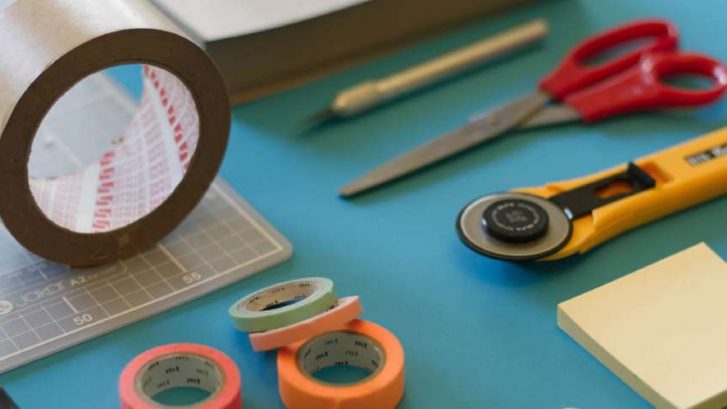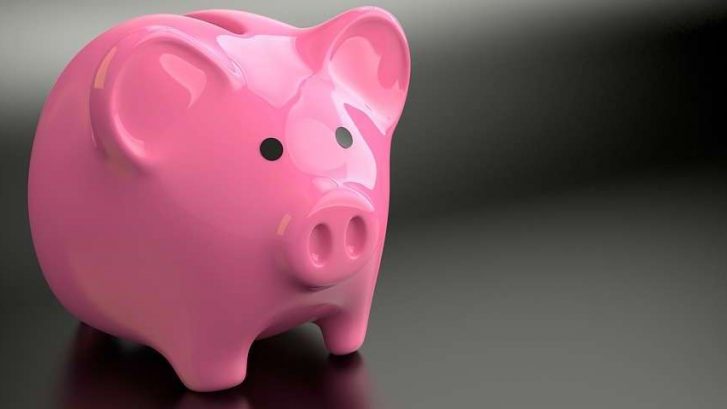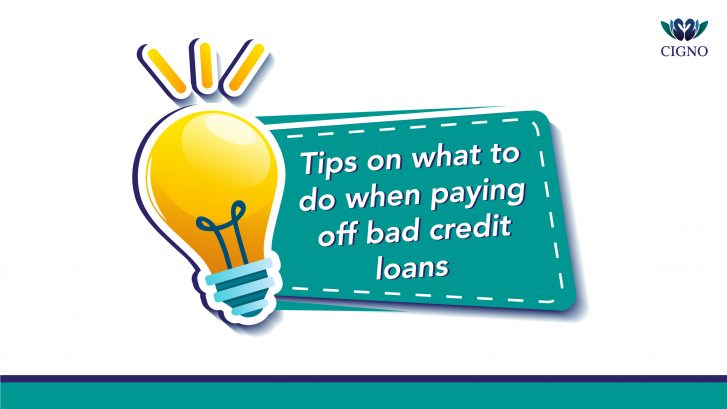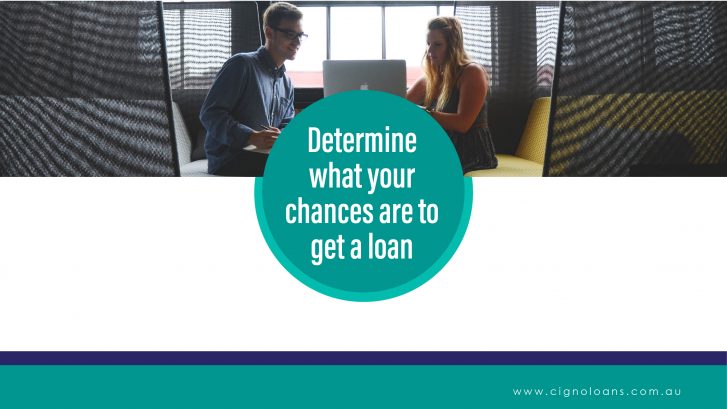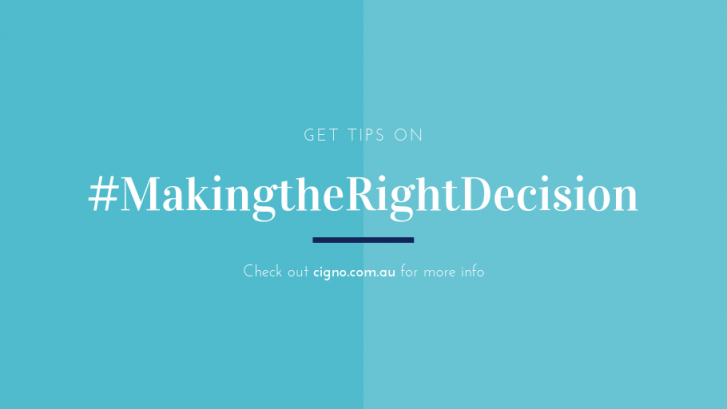In 2017, the Australian Bureau of Statistics released a statement claiming that that nearly 1 out of every 3 Australian households was over-indebted.
That number that has grown by 8% from 2003 – 2016.
Being in debt is difficult on its own, but imagine being in debt when a natural disaster strikes.
Earthquakes, floods, destructive winds, road closures, and sickness are all things that can damage lives, cripple businesses and create an incredible financial need.
An advance can be a helpful solution when disasters strike and during other times of uncertainty.
Cash advances provide immediate financial relief to people looking to get past difficult times. At Cigno Loans, we’re proud to offer fast personal loan and cash advance services to Australians when they’re faced with disaster.
You can’t control Mother Nature. When disaster strikes, a cash advance can put you on your feet again. Here’s why.
How Can A Cash Advance Help You After a Disaster?
Medical Expenses
Natural disasters can embody a wide array of hardships including increased occurrences of sickness like the flu.
Even if the natural disaster you’re facing is not related to sickness, things like floods and earthquakes can cause injury and illness. This can mean paying for medication, treatment, and may even result in needing time off work.
When an unexpected disaster puts the burden of medical-related expenses on you or a family member, a cash advance can help.
Cash advances give you the financial support you need to give your body the resources and time it needs to make a full recovery.
Home Repairs
Home repairs are the most common hardship associated with natural disasters and for good reason.
Harsh winds, rains, floods, and earthquakes can cause severe damage to the place you live. This can exacerbate the already unpredictable costs of home ownership.
Pipes can sustain damage and roofing might tear. Trees on your property may even present an environmental hazard which means you need to pay to get them cut. These are just a few examples of what you might encounter.
Some disaster expenses are non-urgent but problems caused to your home may need immediate attention. Living in a damaged environment can at best, be uncomfortable for you and your family, or at worst, present danger.
A cash advance can help bridge your income. This will ensure that the quality and comfort of where you live does not need to be on hold until you receive your next paycheck.
Car Repairs
Australian research firm IBIS World estimates the car repair industry’s revenue at 16 billion dollars a year as of 2018.
That’s good news for them but that revenue comes at the expense of car owners who are generally caught off guard by vehicle damage and breakdowns.
Natural disasters only increase the risk of unexpected car repairs.
Flooding can ruin engines and severely damage car interiors. Accidents caused during earthquakes, high-winds or severe rains can lead to tremendous body repair costs. They may even mean needing to replace your vehicle altogether.
If you use your vehicle to get to work or drop off family members at school, getting your vehicle repaired in a timely manner may be of even greater importance.
If you find yourself in need of financial help to make emergency car repairs when a disaster strikes, a cash advance can be the solution you are looking for.
Cash advances can provide you with the financial lifeline you need to ensure your car is in working condition and safe so an unplanned disaster doesn’t put you out of service.
Work Gaps
City workers, electricians, and disaster relief personnel are just some examples of people who probably won’t need to worry about having work when natural disasters strike.
But what about a supplier whose restaurant closes during disaster-related repairs?
Or how about an online freelancer whose internet is down? It could take weeks for his or her internet provider to repair their connection and get them back to work.
Natural disasters can lead to uncertainty in regards to when you’ll see your next paycheck and unfortunately when work pauses your bills don’t.
A cash advance can help get you past a lull in your work routine so you don’t have to worry about how you’ll get yourself through the rest of the month.
Dips in Business
Small business owners, particularly those who run brick-and-mortar establishments, may get hit the hardest when disaster strikes.
Disasters can result in road closures which can make it impossible for customers to access your goods and services. Your business may have been damaged and you might have to close your doors until it meets safety standards again.
And even if the damage is not an issue for your establishment, customers are less likely to go out and spend their disposable income after a disaster due to fear and uncertainty.
No matter how it happens, when natural disasters hurt you and your business’ bottom line, you may find yourself worried about mounting expenses and your lack of income.
A cash advance can help.
When your business is built for the long-term success, a cash advance can make sure you are not hurt by short-term financial hardships.
In Summary
Natural disasters are unpredictable and can cause financial hardship to hard-working everyday people.
When repairs need to be made, medical expenses need to be paid, and income needs to be bridged to get through difficult times, getting a cash advance can be the solution you need to ensure that your life is disrupted as little as possible.
How We Can Help
At Cigno Loans, we are proud to offer cash advances up to $1000 to Australians who need assistance getting through hard times in their life.
We believe in giving everyone fair consideration when applying for our loans. We offer a quick, non-invasive application process that aims to get you the money you need.
We also believe in responsible lending and borrowing. That means we will help you get a loan amount that best fits your financial situation and sets you up for success.
If you’re interested in a cash advance, apply for a loan today. For more information about the types of loans we offer or other financial advice, read more on our blog.


